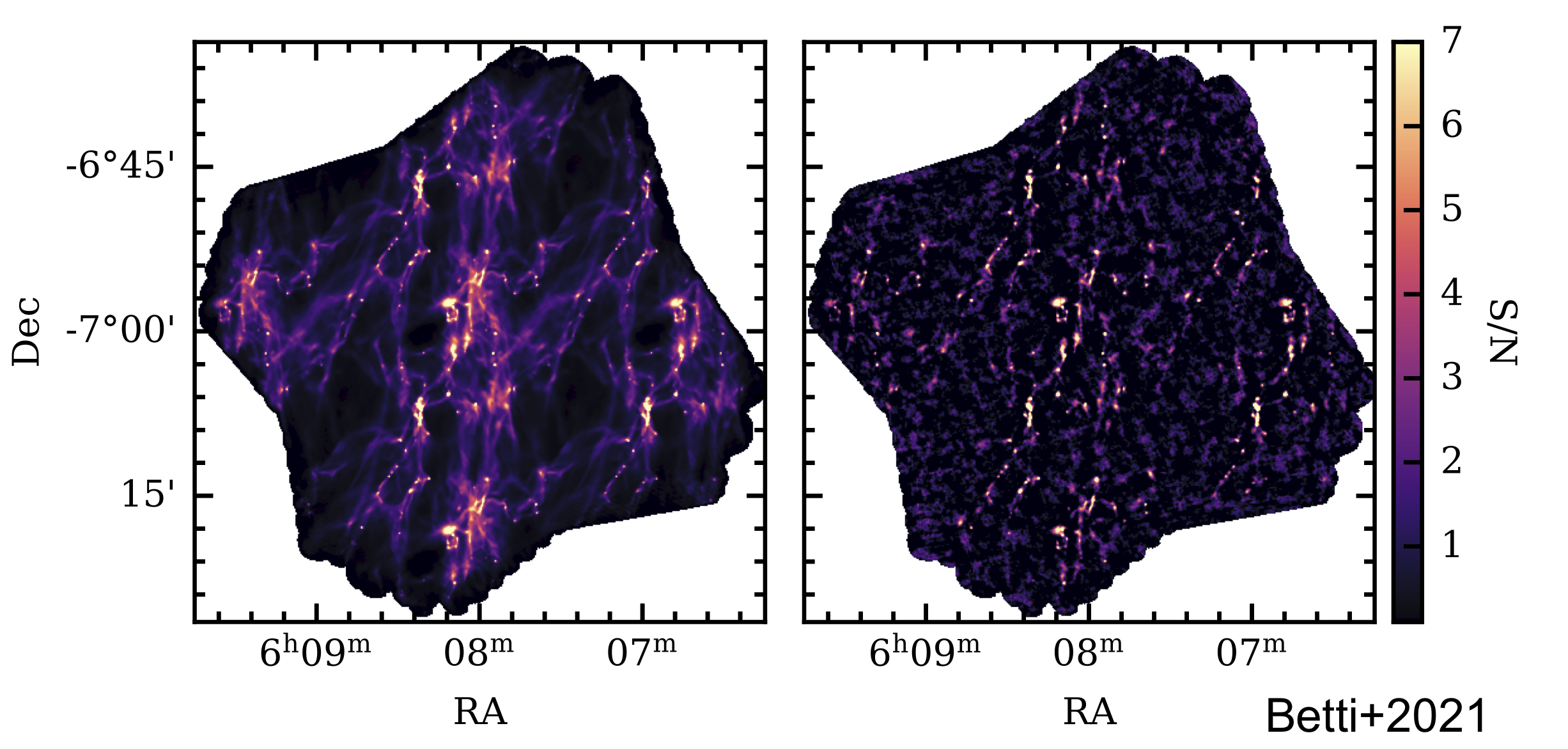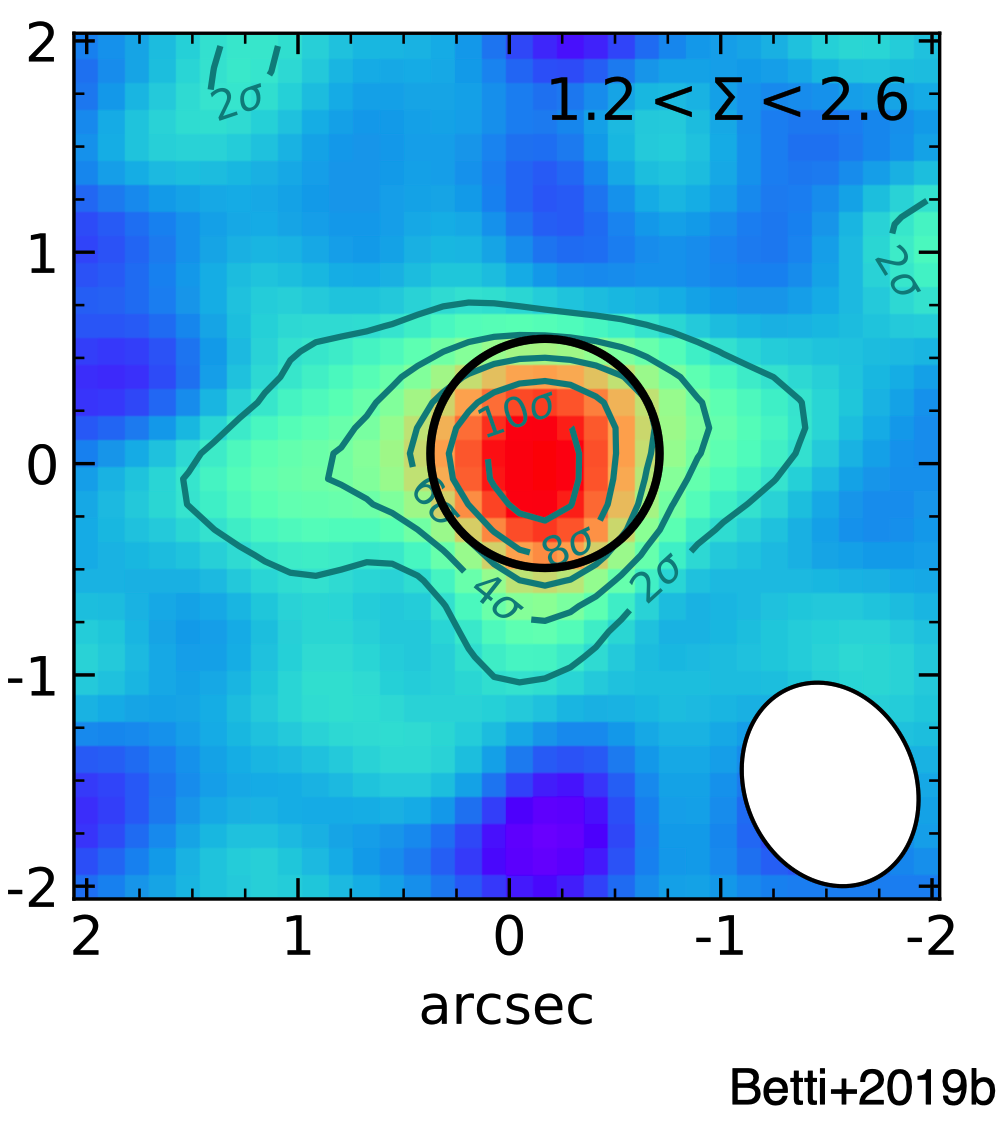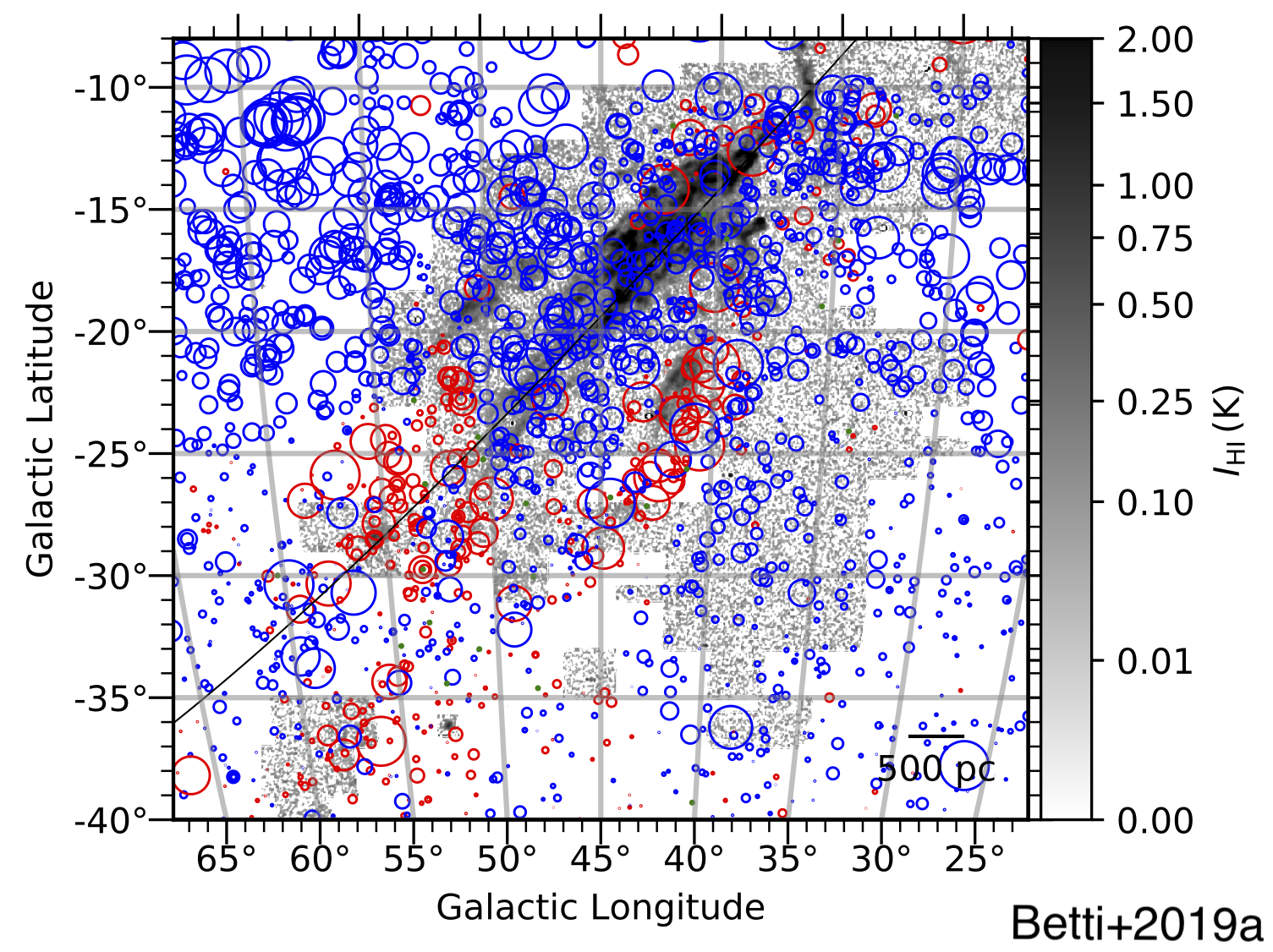link to spreadsheet
The mechanism of magnetospheric accretion, whereby infalling inner circumstellar disk material flows along magnetic field lines and forms a shock in a star's atmosphere, is well-established in young stars. It has also been assumed that the same accretion mechanisms extend to substellar masses; however, recent discoveries of Hα emission from accreting protoplanet candidates (like PDS 70bc and LkCa 15b) seem to indicate these mechanism might differ. Studying the accretion at various wavelengths for these smallest stars (brown dwarfs) and the largest planetary mass companions helps us constrain the physical mechanisms controlling the rate and flow of material onto the object. • The Comprehensive Archive of Substellar and Planetary Accretion Rates:
ADS, CASPAR spreadsheet • Study of NIR accretion onto Delorme 1 (AB)b:
ADS My principal research focuses on studying the conditions necessary for planet formation in circumstellar disks. By studying these early star and planet formation conditions, we can start to understand the mechanisms and environments in which it is possible for planets to form. One of the important criteria for planet formation is the distribution of dust grains around the disk, in particular, the distribution of icy grains, as these indicate where giant planet formation is feasible. Large icy grains are impeded from migrating further towards the star by the presence of a planet, so even if the planet is undetectable, by understanding distribution of the dust, we can infer the presence of these giant planets.
The TolTEC Cloud to Cores (C2C) Legacy survey aims to build a complete census of cores in 10 nearby giant molecular clouds using the TolTEC camera, a three band millimeter-wave camera for the 50 m Large Millimeter Telescope (LMT). This survey will characterize and set constraints on the low mass end of the core mass function due to the large sample of clouds and cores. As TolTEC nears completion (delivery to LMT and commissioning TBD due to the COVID-19 pandemic), I explore what sorts of observable predictions can be extracted from theory to guide early analysis of C2C data. Using magnetohydrodynamical simulations of star forming gas with stellar feedback and sink particles (proxies for young stellar objects (YSOs)), I make predictions of synthetic mm continuum observations at differing distances and ages to observe how core properties, including mass and size, change with differing environments and the presence of YSOs.
In this paper, I present new Atacama Large Millimeter Array (ALMA) dust continuum observations of 101 galaxies in the COSMOS field to study the effect of the environment on the interstellar medium at z~0.7. At this redshift, the galaxies span a wide range of environments allowing for a diverse sample of galaxies with in a variety of local densities. Using the ALMA observations, I calculate the total interstellar medium (ISM) mass (MISM) and look for depletion as a function of galaxy density in order to understand the quenching or triggering of star formation in galaxies in different environments. MISM is found to have a small dependence on the environment, while the depletion timescale remains constant (∼200 Myr) across all environments. I find elevated MISM values at intermediate densities and lower values at high densities compared to low (field) densities. The observed evolution in gas fraction with density in this single redshift slice is equivalent to the observed evolution with cosmic time over 2–3 Gyr. To explain the change in the gas mass fraction seen in galaxies in intermediate and high densities, I suggest that environmental processes such as mergers and ram pressure stripping are likely playing a role in dense filamentary cluster environments.
In this paper, I study the magnetic field of the Smith Cloud. The Smith Cloud is a high-velocity cloud with an orbit suggesting it has made at least one passage through the Milky Way disk. A magnetic field found around this cloud has been thought to provide extra stability as it passes through the Galactic halo. I used the Karl G. Jansky Very Large Array to measure Faraday rotation measures (RMs) toward 1105 extragalactic background point sources behind and next to the Smith Cloud in order to constrain the detailed geometry and strength of its magnetic field. The RM pattern across the cloud gives the detailed morphology of the magnetic field structure, which indicates a field draped over the ionized gas and compressed at the head of the cloud. I constrain the peak line-of-sight magnetic field strength to 5 μG and modeled the magnetic field to demonstrate that a draped configuration can qualitatively explain the morphology of the observed RMs.
Current research
Accretion Rates onto young Brown Dwarfs

Mapping Icy Grains in Planet-Forming Disks: Constraining Composition, Growth and Filtration (ADS)

Past research
Role of Environment in Core Formation:Predictions for the TolTEC Clouds to Cores Legacy Survey (ADS)

Environmental Effect on the Interstellar Medium in Galaxies across the Cosmic Web at z=0.73 (ADS)

Constraining the Magnetic Field of the Smith High-velocity Cloud Using Faraday Rotation (ADS)

